As a training tool, ditching your shoes could help you build better running form to avoid injury
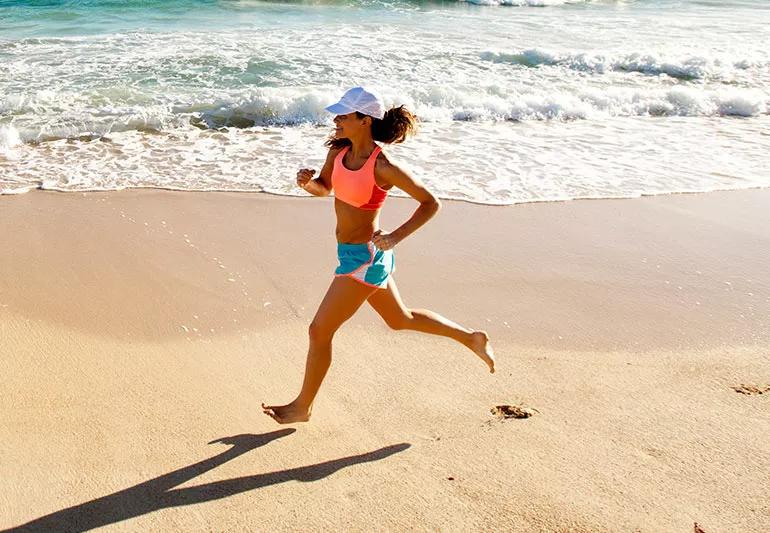
Could the secret to injury-free running really be as simple as kicking off your shoes and going barefoot? A zealous band of runners leaving five-toed footprints certainly believes so — and they may be onto something.
Advertisement
Cleveland Clinic is a non-profit academic medical center. Advertising on our site helps support our mission. We do not endorse non-Cleveland Clinic products or services. Policy
Barefoot running is in our DNA after all. Humans didn’t start trotting around this planet with pillowy cushioning and arch supports beneath their feet. It was just skin to ground for many millennia.
But before you toss out your running shoes and go archaic chic, read what sports physical therapist Michael Bogden, PT, DPT, SCS, FAAOMPT, has to say.
Well, it might be … at least in theory. Research is too limited at the moment to provide a definitive science-based answer as to the benefits of barefoot running, according to the American Podiatric Medical Association.
But that lack of research hasn’t slowed the growing “natural running” movement, where there’s a strong belief that going shoeless reduces the risk of chronic injuries. The reason? It all comes down to running technique.
“For most people, you’re probably going to have better mechanics running barefoot,” says Dr. Bogden. “It encourages a running pattern that is more efficient.”
Barefoot strides are usually shorter and more compact, touching down more directly beneath your torso. That gait better aligns with your body’s center of gravity and usually leads to an increased bend in the knee, allowing your joints to better absorb the pounding.
Advertisement
Runners who go barefoot also tend to land more on the ball of their foot than on the heel, which adds efficiency of movement.
“Overall, it’s a more natural running pattern that reduces loading to your joints,” he adds.
Within the barefoot running community, the claims of health benefits cover as much ground as a marathoner in extended training. But how much of a difference can ditching your shoes really make?
Let’s break down three arguments for going au naturel with your feet.
Running barefoot could strengthen and tighten foot muscles to help stabilize a flat arch. “If you’re always wearing supportive shoes, you’re not adding muscular strength in your feet to support bones that aren’t just naturally tight in their structure,” says Dr. Bogden.
The key, though? The barefoot activity shouldn’t cause pain. Consider an “owie” feeling as a sign that you should keep your shoes on, suggests Dr. Bogden.
Indirectly, barefoot running might help keep dreaded plantar fasciitis (pain in the bottom of your foot near your heel) issues at bay. Why? As previously noted, running with naked feet often leads to better technique and cadence. Sloppy running form can strain your plantar fascia.
“Bad running technique leads to less efficient firing patterns of the muscles in your lower leg, which can contribute to overuse injuries such as plantar fasciitis,” says Dr. Bogden.
Springy soles in running shoes work to propel you forward. That helpful bounce disappears when you take the shoes off. “Barefoot running is going to be tougher and more challenging, so there’s a good chance you’ll burn more calories doing it,” notes Dr. Bogden.
Ever step on a LEGO block and let out a howl while walking through your kid’s room? Well, just try to imagine what landing on a rock, stick or prickly weed might feel like while running barefoot.
“Running without shoes definitely leaves your feet vulnerable to cuts, puncture wounds and infection,” says Dr. Bogden. Logging barefoot miles on hot pavement or in extreme cold also could damage the soles of your feet.
Studies also show that the risk of foot stress fractures increases when runners ditch their shoes, he adds.
Anyone being treated for diabetic neuropathy — which can reduce feeling in your feet — also might want to avoid barefoot running. The American Diabetes Association recommends that people with diabetes always wear shoes and socks when running or walking.
This doesn’t have to be an either-or question. Instead, consider doing both.
Dr. Bogden suggests trying barefoot running as a cross-training activity, with workouts on a grassy field. View it as a variation in your routine, like hills or intervals. “Most runners would benefit from doing some training barefoot,” he says. “It can be a great tool for variety.”
Advertisement
Minimalist-style shoes offer a middle-ground option, too. These shoes have less cushioning and support than traditional running gear, while still offering some protection for your feet. (More on that later.)
But Dr. Bogden cautions against becoming a full-time barefoot or minimalist runner: “Should you train with every single run for weeks on end in a barefoot style? For most people, the answer is probably not,” he says. “But having it as a component of your training isn’t a bad idea.”
Three words sum up Dr. Bogden’s advice on trying barefoot running: Take it slowly. (Just what runners want to hear, right?)
“Transition into barefoot running as if you’re taking on a new activity to give your foot muscles time to adapt,” advises Dr. Bogden. “It’s not just a matter of taking off your shoes one day. There should be a thought process and training plan behind it.”
Starting in a minimalist shoe with little to zero drop from heel to toe is a good first step, he suggests. (The drop is the difference in height between the back and front of your shoe.)
Give your body time to get used to running with less support beneath your feet. Consider scaling back your weekly mileage by half as you switch to minimalist shoes. Add the distance back in slowly. A good rule of thumb is to increase by no more than 10% a week.
Advertisement
“Changing to that style of shoe is going to tax some muscles more and some muscles less,” says Dr. Bogden. “It’ll change the load on joints and tendons, too.”
Use foam rolling, massage or vibration guns on the lower legs and feet to boost recovery from the increased work being placed on them, advises Dr. Bogden. It’ll help ease the transition to the new running method.
If the adjustment to minimalist shoes goes well, you could consider progressing to barefoot running. Look for softer surfaces (such as a football field) to begin and, once again, scale back distance.
The potential benefits of barefoot running shouldn’t be seen as an indictment against running shoes. “This isn’t about demonizing our shoes,” notes Dr. Bogden. “But we do need to understand that shoes can change our running patterns.”
So, consider throwing in some barefoot or minimalist shoe running to reclaim your natural form. It might help you better understand what proper running feels like and push you toward better technique.
Advertisement
Learn more about our editorial process.
Advertisement

Using precautions like bandages and lubricants can help you run away from this uncomfortable condition
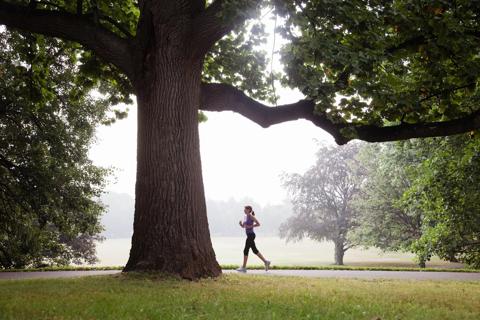
Reducing your pace allows you to log more miles and train your body for the stress of running
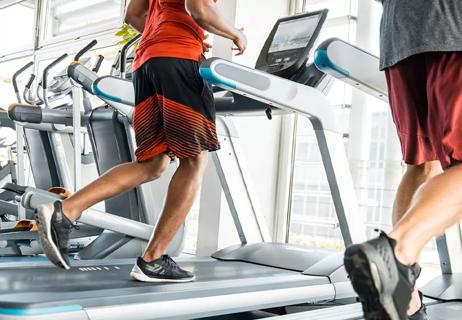
Running doesn’t cause knee arthritis, but you can take steps to minimize cartilage damage

Months of preparation go into readying your body to run 26.2 miles
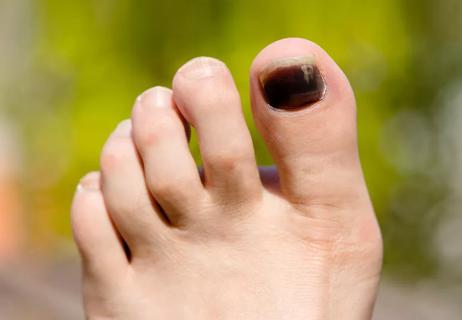
A few precautions can keep your toenails from turning black and falling off
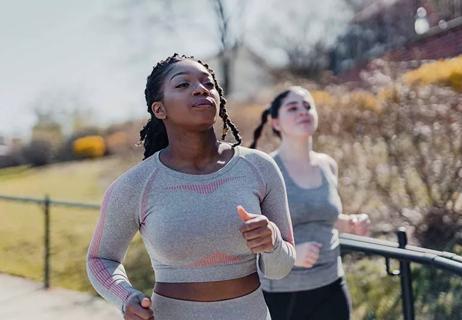
Your body’s natural response to starting workouts may include an urge to scratch

What you should know before hitting a race before the big Thanksgiving meal

These adjustments can help you maximize your workouts when the temperature rises

Start having sex about 72 hours before ovulation, then at least every other day during your fertile window

Attachment theory suggests that your earliest relationships shape connections throughout your life

It isn’t a recognized mental health disorder, but research shows that problematic social media use can negatively affect your mental health, self-esteem and sleep